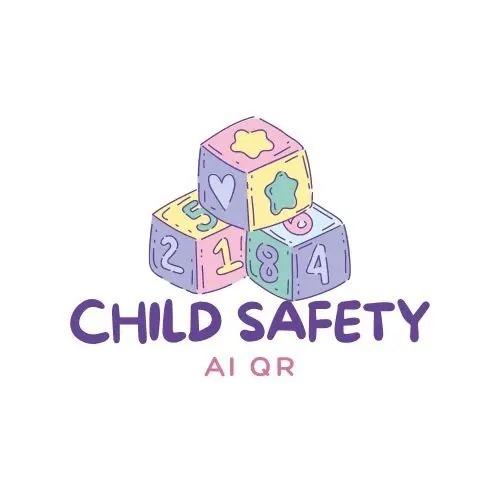QR AI
Artful AI QR codes enhance child safety.
The problem QR AI solves
We are seeking innovative solutions to address the following critical problems:
Child Safety Enhancement: Child safety remains a significant concern, with traditional methods often proving inadequate. There is a pressing need for a modern and technology-driven approach to enhance child safety.
Data Accessibility: In the event of a child going missing or facing an emergency, accessing critical information about the child quickly can be challenging. There is a need for a solution that provides instant access to essential details.
QR Code Innovation: Traditional QR codes lack engagement and appeal. There is a need for QR codes that are visually striking and can be easily integrated into everyday items, making them more effective as identification tools.
User-Friendly Platform: Many parents and guardians may not possess advanced technical skills. Therefore, there is a need for a user-friendly platform that allows individuals to input child details and generate artful QR codes without technical hurdles.
Scalability and Adoption: To make a meaningful impact, the solution must be scalable and accessible to a broad audience. It should be easy for users from diverse backgrounds to create and utilize these artful QR codes.
Challenges we ran into
During the development of the QR Art Generator project, our team encountered a couple of significant challenges that tested our problem-solving skills and collaboration abilities.
Slow Generation due to harware limitation
The thing is, the API is built on free gpu from hugging face. So unless we own our gpu, we have to use their hardware which takes time to generate QR.
Git Merge Conflicts:
One notable hurdle arose when multiple team members were working simultaneously on different features of the project. As a result, we encountered several git merge conflicts while attempting to integrate our individual branches into the main codebase. These conflicts threatened to disrupt our progress and coordination.
How We Overcame It:
To address the git merge conflicts, we adopted a proactive approach. We established a clear communication channel within the team, notifying each other about the specific files or sections we were working on. Additionally, we utilized version control tools such as
git diff
and
git log
to track changes and anticipate potential conflicts. Regularly scheduled team meetings allowed us to discuss code integration strategies, ensuring that everyone was on the same page. By proactively addressing conflicts and collaborating closely, we were able to successfully resolve merge conflicts and maintain a smoothly functioning codebase.
Python Bugs and Compatibility Issues:
During the development phase, we encountered several Python bugs and compatibility issues, particularly when integrating various libraries and dependencies. These issues caused unexpected crashes, errors, and inconsistencies in the application's behavior.
How We Overcame It:
To tackle the Python bugs and compatibility challenges, we adopted a systematic debugging approach. We carefully reviewed error messages and traced back to the root causes of the issues.
Tracks Applied (4)
Most Creative Use of GitHub
Major League Hacking
Best Use of Streamlit
Major League Hacking
